The Power of Penetration Pricing: Advantages, Disadvantages, and Examples

You want to be able to penetrate the market and attract customers as quickly as possible. But in the long term, you also want to see a return on your investment. That’s where penetration pricing comes in.
Mastering the Art of Pricing Strategies: Definitions, Examples & Benefits
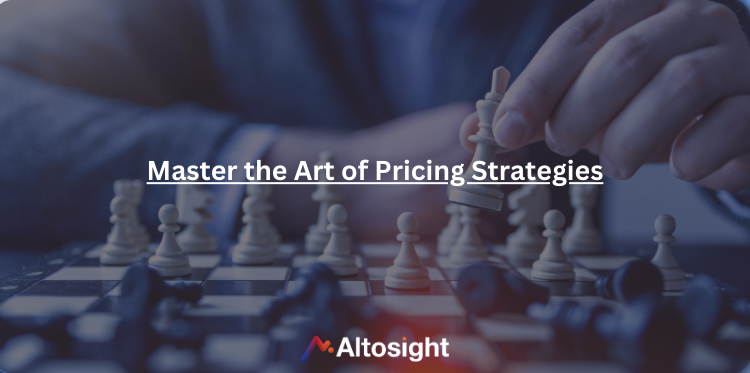
Pricing is a critical component of the marketing mix because it directly affects the profitability of a business and influences consumer behavior. Price your product too high, and you risk sales volumes and sitting inventory. Price it too low, and you’re leaving money on the table.
What is Price Matching And Should You Offer A Price Match Guarantee?
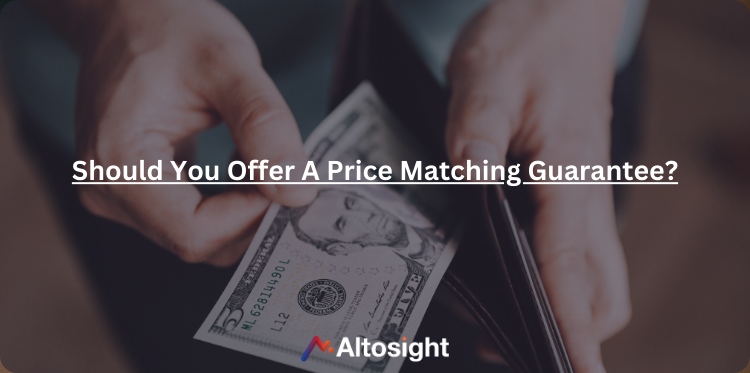
You’ve just purchased a pair of headphones, and moments later, you see that same pair of headphones in another store, but for a much lower price.
What would you do if you needed to buy a charger too?
Competitive Pricing: Definition, Examples, Advantages and Disadvantages

For any business to thrive, it must be able to attract customers, deliver value, and remain profitable.
One crucial part of achieving these goals is to set the right price.
Price influences purchase behavior, especially in highly competitive markets where consumers have an abundance of choices.
What is Prestige or Premium Pricing [Strategies & Examples]

Why do people pay more for a particular product in one store when they can get the same or a similar one cheaper elsewhere?
The answer is perception.
People associate high prices with high quality and exclusivity. That’s where premium pricing comes into play.
What are Retail Price Points (with examples)
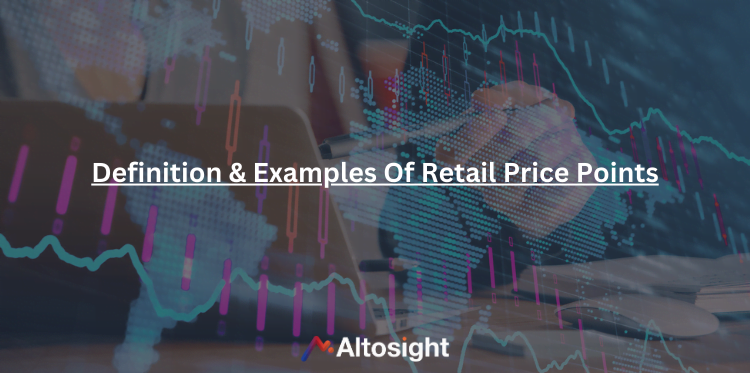
Set a competitive price that customers consider fair so you can maintain demand and maximize profits. To do this, retailers must use price points, or how consumers respond to different prices for a product, to their advantage.
Net Price and List Price: What is the Difference
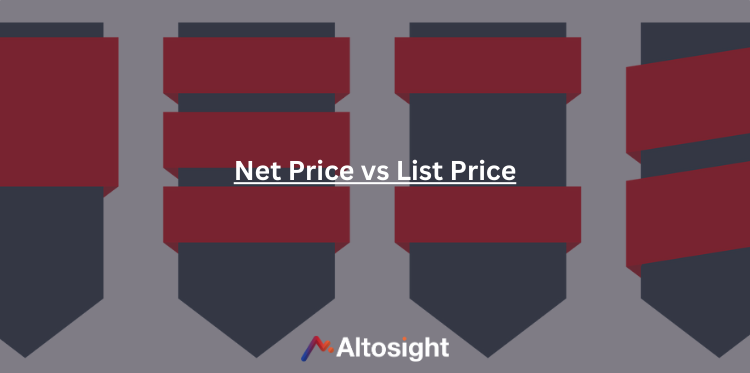
Most merchants and retailers struggle to strike a balance between different pricing models, including net price and list price.
The problem for most businesses is choosing between the two in order to satisfy customers and turn a profit at the same time.
Demand-Based Pricing: Examples of a Smart Pricing Strategy
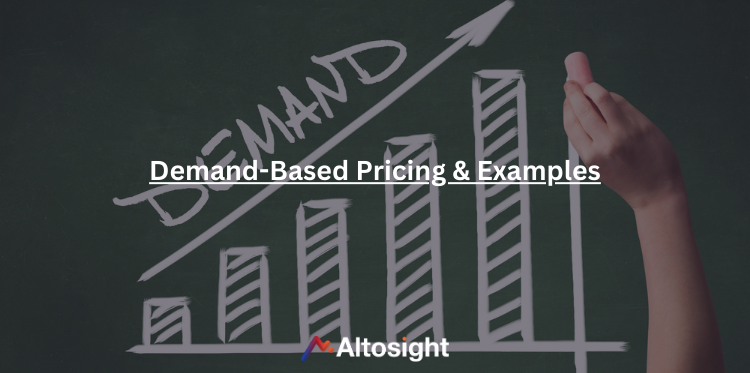
Have you ever wondered why airline tickets skyrocket during the holidays or why you can get flowy dresses and light shirts for more than half off in the winter? Well, retailers dictate these prices by a strategy known as demand-based pricing.
Keystone Pricing Tactics That Every Retailer Must Know To Drive Sales

There’s a lot of noise when it comes to pricing strategies.
Which is the most effective?
Generally, keystone pricing is the gold standard. It’s based on a simple formula that anyone can apply and avoid selling at a loss.
Everyday Low Pricing (EDLP) Strategy: Pros & Cons (with examples)
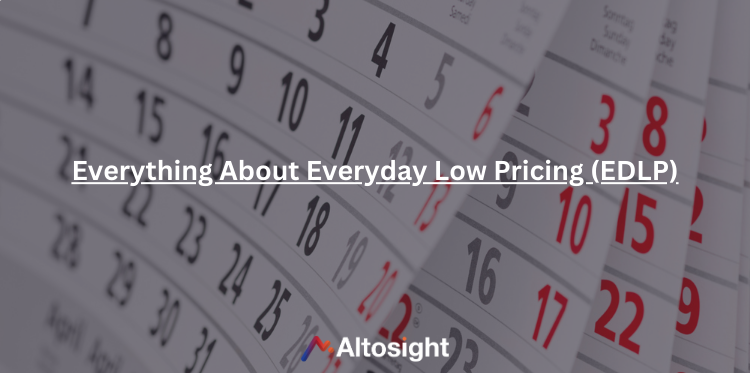
Everyday Low Price (EDLP) is one of the ways retailers can distinguish themselves from their competitors. This pricing strategy, made widespread by Walmart, can be cost-effective for a business and create a loyal customer base if executed correctly.



